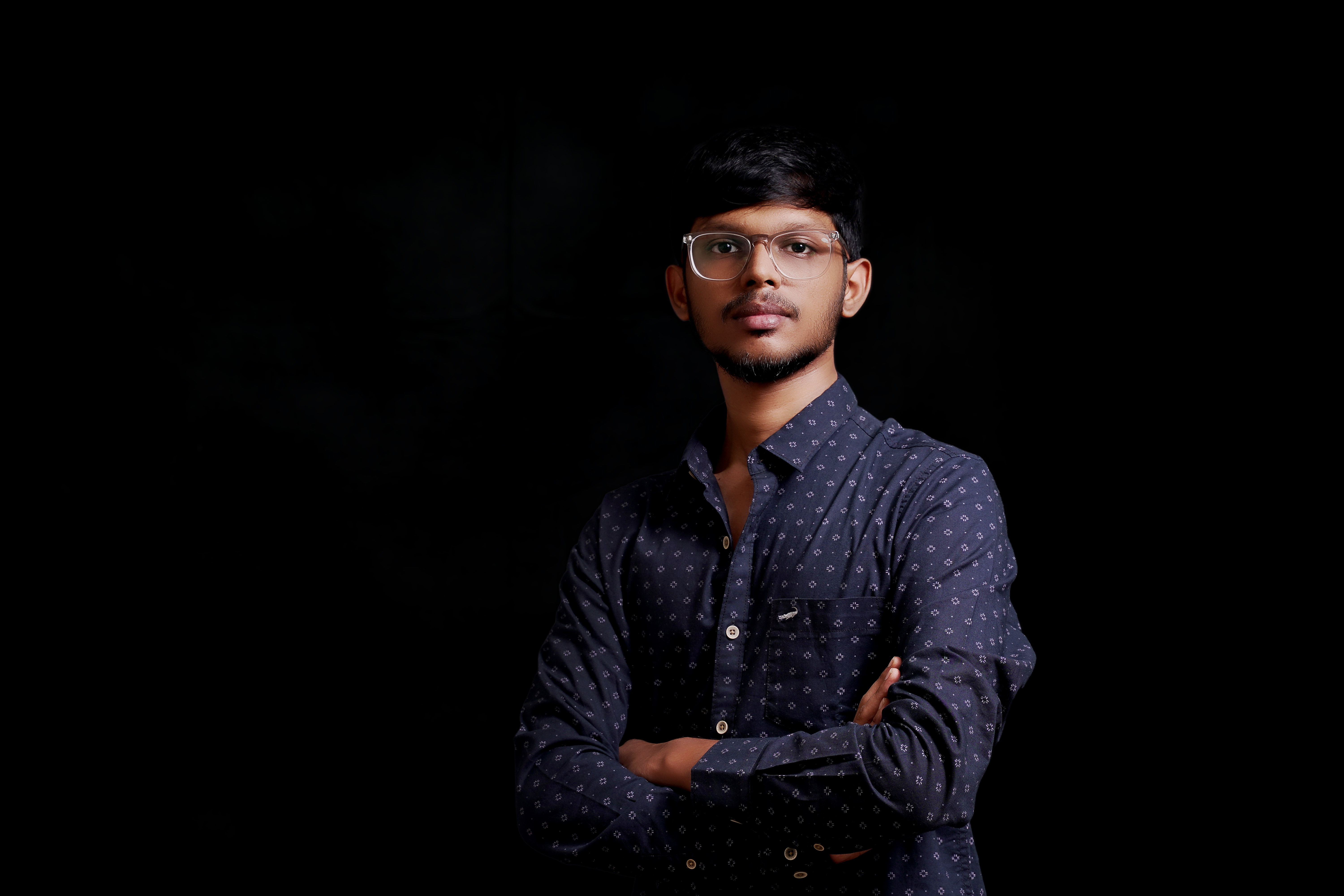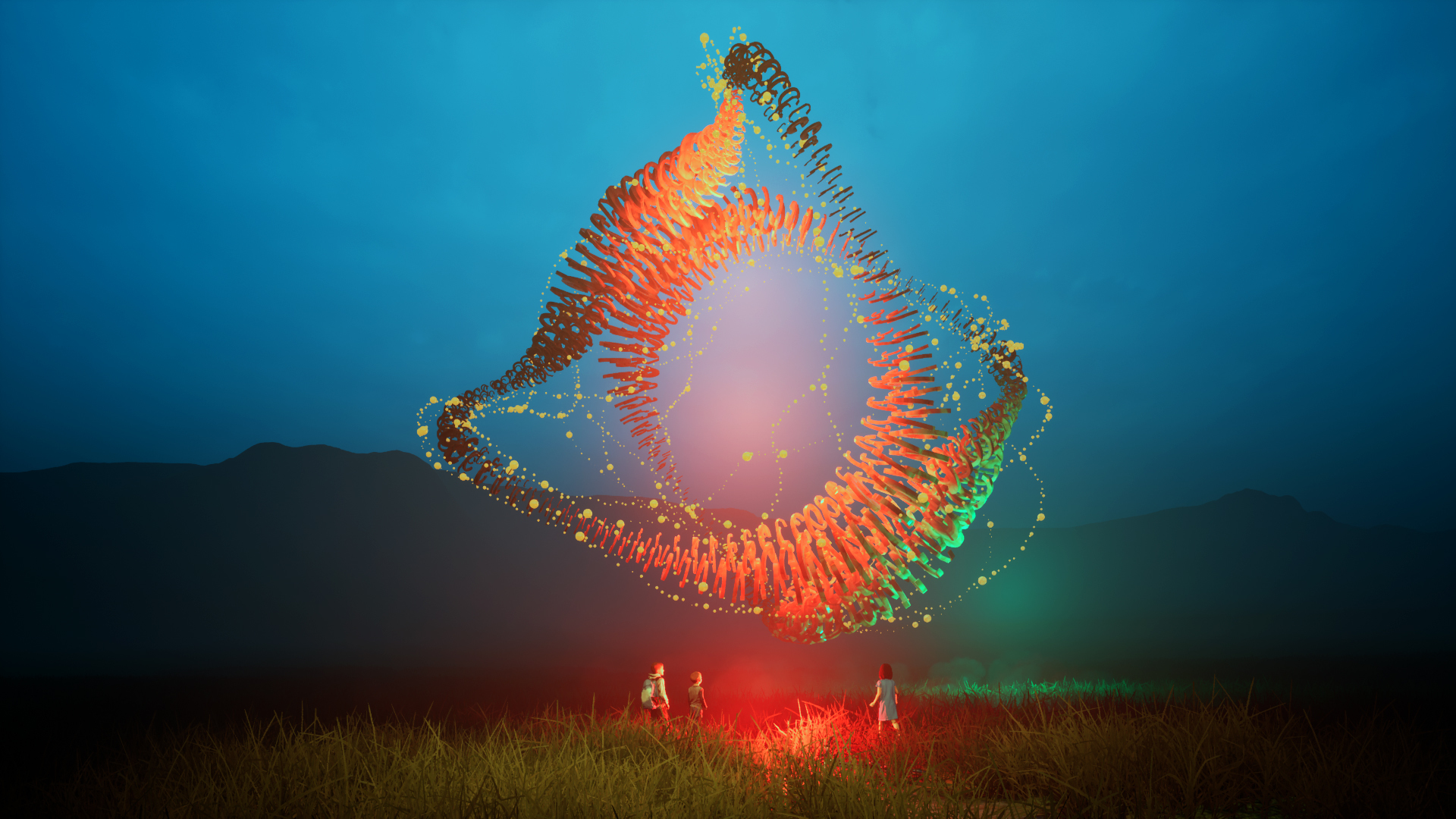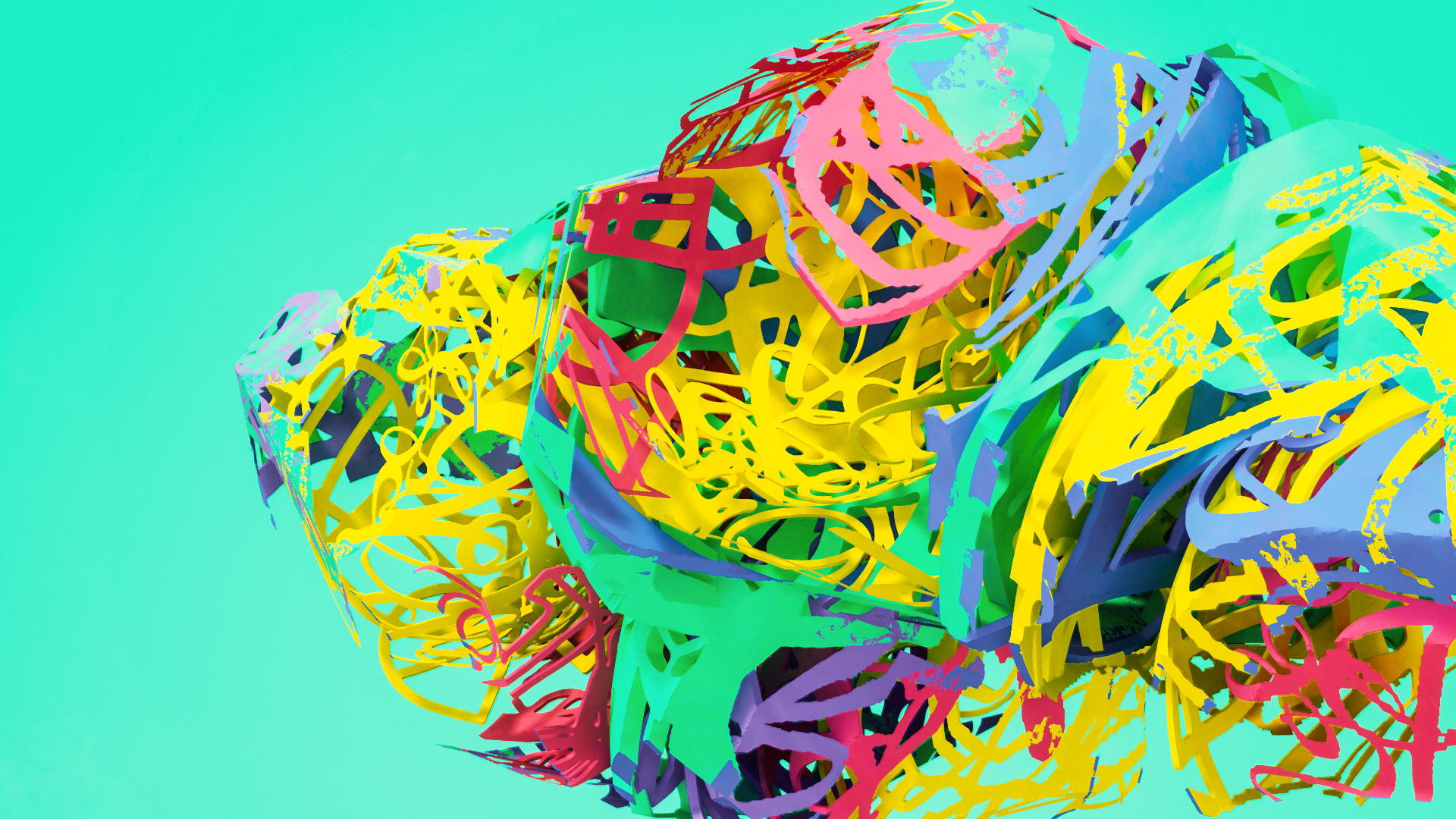M+M International Alum Deebak Tamilmani on Humanizing Fictional Worlds
Deebak Tamilmani is an architect and alum of SCI-Arc’s 2021 Making+Meaning program. Born and raised in India, he worked for two years for the renowned firm Architecture RED in Chennai.

Currently working for sP+a in Mumbai, Tamilmani has work experience across many different scales, from furniture design to large-scale housing development. Apart from his studio works, he is passionate about computational design, particularly generative design. He believes architecture is not a separate domain that only focuses on building tectonics, but that it has a strong interdisciplinary nature that drives the design of other things that play a role in changing the lifestyles of people. His recent works include speculative design, generative growth structures, and translating the nature of code examples to Rhino in C#.
We spoke to Deebak to learn more about his experience in Making+Meaning, what drives his work, and what his plans are for the future.
Hi Deebak, thank you for speaking with us. Firstly, what was your experience like in the Making+Meaning program?
Before the start of the workshop, I honestly did not think that just using the four alphabets, we could create such a strong narrative work. It touched on different modeling and rendering techniques that include procedural modeling, visual scripting, sculpting, and experimenting with optical materials. It was a thorough introduction to digital design. Brief of each week were very open-ended which gave us the freedom to explore. I used to work towards creating a visually pleasing form, each set of exercises helped me to break this approach of design and made to work towards arriving at a form that has a concept behind its creation.
Can you talk about any projects of which you are particularly proud?
Working inside a visual scripting program, the course started by creating simple primitive objects and progressed towards aggregating multiple instances of the objects to create a composition that is based on a parametric logic defined by the user. As a kid, most of our childhood dreams might have been wild and adventurous, sometimes in those dreams we find a wormhole that leads to an alternate world like Narnia inside a wardrobe, Platform 9 3/4 in Harry Potter, Tesseract in Marvel, etc. This composition ultimately became a recreation of one of my childhood dreams, where I’m a kid along with my friends witnessing a celestial object floating in a grass field.
Fiction is all about giving a narrative or meaning to something either abstract or conceptual and make the audience experience it like it was real. It is a balancing act—if the creator becomes too fictional, the user loses their attention and it instead becomes chaos. In my experience, the fictional films that had some sort of humane relationship or real-world characteristics were the ones that gave me the best experience of being part of the fictional world. The grass field, the kids, and the mountain line behind helped us to experience this scaled-up torus as a fictional object. The bright red light in the ground is crucial as it draws our eyes to that point and makes us see the torus from the perspective of the kids and gives the viewer that he is part of the experience. The frame is composed in a way that removing any one of these elements from the composition reduces this fictional quality of the frame.

How did your interest in architecture and design first develop?
As a visual learner from my childhood, I used to participate in all the drawing competitions held across my city—and won many. I Like to watch cartoons and animation movies and recreate my favorite frames as drawings. After high school, I wanted to go to fine arts school. My parents encouraged me to do what I was interested in, but they were worried about my future when I told them I wanted to become an artist. They rather wished to see me as an engineer and earn more. Both my father and grandfather are civil engineers, and told me a lot about architects and how I could use my visual abilities in designing a building. This is how I entered architecture.
The first architect I fell in love with was Zaha Hadid; it is her works that inspired me a lot since the first year of my undergraduate program. I wanted to design like her, I admired her works similarly to how I used to watch cartoons and movies. I was trying to design with forms, recreate her language in my design. For me, Zaha’s work is architecture and I wanted every single building built like hers. This developed an interest in me to explore new software to design complex forms.
How have your approaches or interests changed from being in the program?
As I mentioned, I was a very big admirer of Zaha’s work. May it be right or wrong, for me her works are the best. I started designing like her, learned new tools to make complex fluidic forms. Though I enjoyed what I was doing, I struggled a lot to change this approach to designing, as I wanted my forms to have a meaning behind them. Making+Meaning helped me to break this barrier: during each week, I was consistent at what I was doing, I had a strong narrative behind all the four projects I did during this workshop, tried to be less complex, and let the form speak by itself.

What first drew you to apply for Making+Meaning?
I like SCI-Arc for its experimental and speculative works. I wanted to know how the students produce such works: What is the thought process behind it? How does the school teach its students? How do the students and faculty interact? Making+Meaning gave me the opportunity to get a sense of all these during the workshop. Also, as I mentioned, I'm planning to apply for the M.Arch 2 program at SCI-Arc. M+M is a wonderful platform, where I got a chance to impress the faculty with my works to get into the school.
What was the most surprising discovery during your time in the program?
Each day, after posting my works on the Miro board, I would go through all my fellow participants’ works. I was amazed by the works of students who did not have a design background as they were all from varied fields. The concepts behind each work were so different that I would not have even imagined them that way—this is why I feel architecture needs people from diverse fields to rethink the way of designing buildings.
Also, the work we produced was not always perceived as the same by viewers. During the workshop, the initial set of exercises during each week helped me to get feedback from tutors and other students, which sometimes drove the final composition of the project.

What wisdom would you impart to future Making+Meaning applicants or students?
For anyone passionate to become a designer or architect, Making+Meaning will prepare you for the journey. I would like to say that this is not only about learning new software and rendering techniques, it is more about opening up your creative side, with a wide variety of tools and methods of making, that aid as a means to make your concepts and ideas communicate what you intended. And for anyone who already has a design background, you will become better at designing something that has a stronger narrative at the core.
What are you most excited about moving forward, in terms of your future?
I believe architecture is not a separate domain that only focuses on building tectonics; it has a strong interdisciplinary nature that drives the design of other things that play a role in changing the lifestyles of people. I found my interest in computational design and I want to bring technology and architecture together to help architects design efficiently. Now I want to take this interest further and expand my knowledge in this domain, by applying for the M.Arch 2 program at SCI-Arc next year.